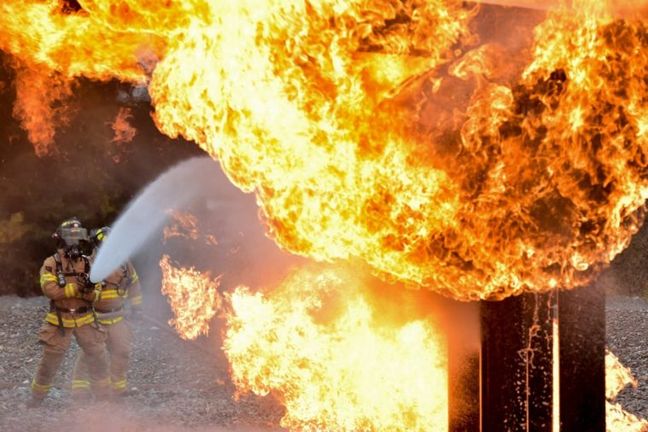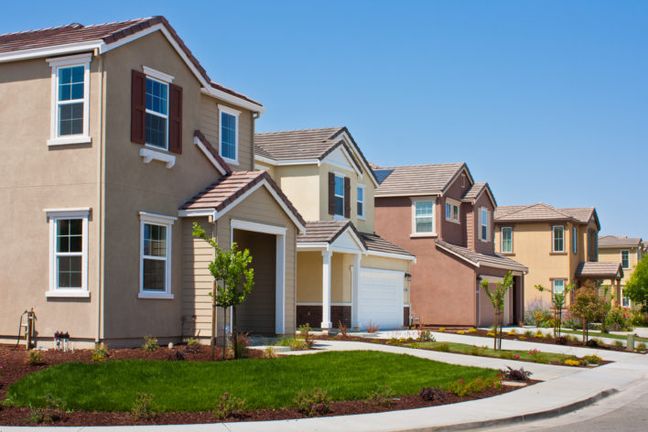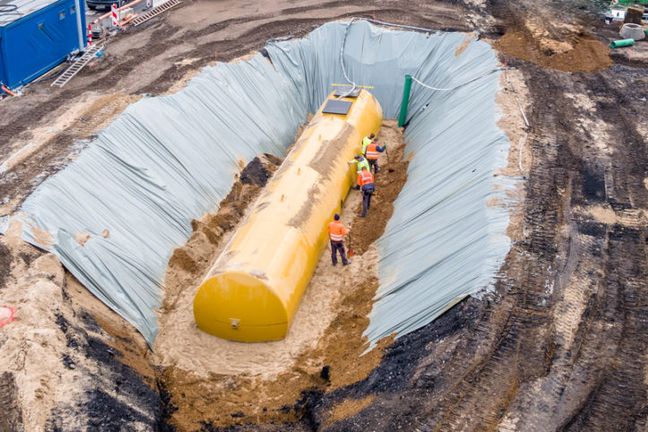In the recent matter of Estuary Owners Association v. Shell Oil Company, (2017 WL 3172554), the First Appellate District Court of Appeal recently confirmed California’s latent defect statute of limitations, as set forth in California Code of Civil Procedure section 337.15, bars only claims based on construction defects. The Court of Appeal also confirmed under California’s three-year statute of limitations for damage to real property, as set forth in California Code of Civil Procedure section 338(b), the actual and constructive knowledge of the prior landowner is imputed to the current landowner.
Background:
This matter concerned the development and construction of a 100-unit condominium project by Signature at the Estuary, LLC (“Developer”) on land Shell Oil Company (“Shell”) previously used as a fuel distribution terminal from 1925 until 1980. The construction of the condominiums was completed in 2006.
In 2008, it was discovered residual concentrations of petroleum chemicals remained in the soil, soil gas, and groundwater beneath the development. That same year, Developer revealed the condominiums was constructed with moisture barriers beneath the building slabs instead of the vapor/gas barriers called for in the corrective action plan.
In 2010, the Estuary Owners Association (“EOA”) and other homeowners filed suits against the project’s developers, design professionals, subcontractors, and prior owners, including Shell. The complaints alleged, among other things, that the defendants knew of the soil and groundwater contamination, failed to adequately remove and clean the contamination, and failed to properly construct the vapor/moisture barriers underneath the slab. The complaints were eventually consolidated into a single action.
As to Shell, the EOA sought recovery under theories of negligence, negligence per se, private nuisance, and public nuisance. Shell eventually moved for summary judgment against the EOA. Shell argued:
1) All of EOA’s causes of action were barred by the 10-year statute of limitations for latent construction defects; and
2) All of EOA’s causes of action were barred by the 3-year statute of limitations for damage to real property.
The trial court agreed and granted Shell’s Motion for Summary Judgment. EOA subsequently appealed.
Ruling:
On appeal, EOA’s arguments were two-fold.
- First, it argued the trial court misinterpreted its complaint as alleging only a construction defect, when, in fact, its allegations were that its injuries were caused by Shell’s negligent actions after the fuel distribution terminal was completed. EOA asserted, therefore, the latent construction defect statute was inapplicable in this matter.
- Second, EOA argued its allegations concerned “new and different” damage to their property, which they did not learn was caused by Shell until 2008 or later. Consequently, because EOA filed its complaint in 2010, their claims against Shell were timely.
As to EOA’s first point, the Court of Appeal agreed section 337.15 did not apply, and therefore reversed the trial court’s ruling on this issue. In doing so, the Court made a critical interpretation with respect to the latent construction defect statute: “section 337.15 can bar only claims alleging injury caused by latent construction defects.” The Court reasoned section 337.15’s “protection applies to claims for damage due to defects in how an improvement was designed and constructed, not to claims based on how the improvement was used after its construction is complete.”
Applying this principle to the facts, the Court of Appeal held Shell’s Motion for Summary Judgment cannot be granted on the basis that EOA’s claims were barred by section 337.15 since EOA’s construction defect allegations pertained to the condominiums, not to Shell’s fuel distribution terminal.
However, EOA received a less favorable outcome as to its second point. On this issue, the Court of Appeal affirmed a cause of action for damage to real property accrues when there is “actual and appreciable harm” to the property.
The Court of Appeal further emphasized, while the limitations period to present such an action may be tolled until the plaintiff discovers or should have discovered all facts essential to her claim, the actual and constructive knowledge of the prior landowner is imputed to the current landowner and the transfer of ownership does not restart the limitations period. Guided by these conventions, the Court found the “new and different” harm alleged by EOA was not, in fact, sufficiently or fundamentally different to warrant a new limitations period – that is, the damage EOA claims arises from the same contamination.
The Court of Appeal imputed Developer’s knowledge of the harm, which occurred in 2002 at the latest, to EOA. The Court of Appeal affirmed the trial court’s ruling that the EOA’s actions were barred by the three-year statute of limitations for damage to real property.
Holding:
Estuary Owners Association reinforces two well-established principles: 1) section 337.15 can bar only construction defect claims; and 2) causes of action for damage to real property belong to the landowner who discovered or should have discovered the damage. The Court’s opinion, therefore, provides an important reminder for the plaintiff and defense bar alike to carefully scrutinize the facts and plead timely and accordingly.

 Cannabis Workers Allege Quota to Trim 4 Pounds a Day Violates the California Labor Code
Cannabis Workers Allege Quota to Trim 4 Pounds a Day Violates the California Labor Code
 The Ninth Circuit Reminds Us: Every Word Matters
The Ninth Circuit Reminds Us: Every Word Matters
 NO WAY, PRO SE! The Consequences of Abusing the Judicial System as a Pro Se Litigant in Colorado
NO WAY, PRO SE! The Consequences of Abusing the Judicial System as a Pro Se Litigant in Colorado
 Victim of Financial Mismanagement or Unlawful Retaliation? New Jersey City University Program Founder Claims School Retaliated After Reporting Alleged Sexual Harassment
Victim of Financial Mismanagement or Unlawful Retaliation? New Jersey City University Program Founder Claims School Retaliated After Reporting Alleged Sexual Harassment
 “Real Housewives” Gets a Reality Check
“Real Housewives” Gets a Reality Check
 Missing a Chapter: Insufficiency of Expert Deposition Testimony in Medical Malpractice Litigation
Missing a Chapter: Insufficiency of Expert Deposition Testimony in Medical Malpractice Litigation
 Crash Course: Why Summary Judgment Misses the Mark in Illinois Multi-Cause Limousine Crash Collision
Crash Course: Why Summary Judgment Misses the Mark in Illinois Multi-Cause Limousine Crash Collision
 Bitter Truths: Lead, Cadmium, and Defective Pleadings in California Chocolate Class Action
Bitter Truths: Lead, Cadmium, and Defective Pleadings in California Chocolate Class Action
 The Law of Unintended Consequences: Including Insurance Brokers in Litigation Strategy Communication May Waive the Attorney-Client Privilege
The Law of Unintended Consequences: Including Insurance Brokers in Litigation Strategy Communication May Waive the Attorney-Client Privilege
 Product Defects and The Risk-Benefit Test
Product Defects and The Risk-Benefit Test
 Courts will Allow Clarification of an Ambiguous CCP 998 Offer to Compromise in Consideration of the Offer’s Validity
Courts will Allow Clarification of an Ambiguous CCP 998 Offer to Compromise in Consideration of the Offer’s Validity
 No Coverage Where Negligence is Inseparable with Professional Service
No Coverage Where Negligence is Inseparable with Professional Service
 Additional Insured Coverage as to Ongoing Operations
Additional Insured Coverage as to Ongoing Operations
 Builder Must Respond To Notice Of Claim Within Statutory Time Frame As Required In California’s Civil Code
Builder Must Respond To Notice Of Claim Within Statutory Time Frame As Required In California’s Civil Code
 Damage to an Underground Storage Tank is Not a Covered Risk
Damage to an Underground Storage Tank is Not a Covered Risk